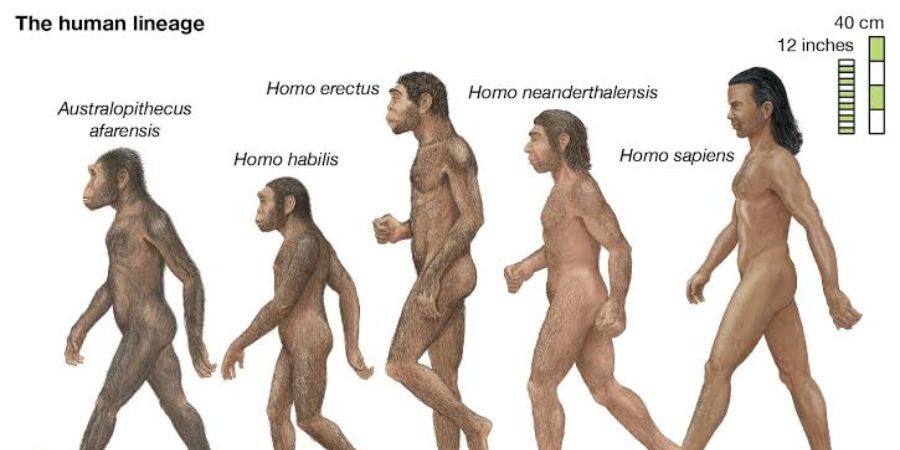

These are thought to be both man's and apes' ancestors. They had homes in India, China, Africa, and Europe. The oak wood apes are classified under the genus Dryopithecus. The tropical lowlands that Dryopithecus inhabited were heavily forested while it was alive, suggesting that the majority of its individuals may have been herbivores.
Later, in Africa and Saudi Arabia, their first remains were found in the Punjabi Shivalik range. They inhabited vast grasslands. Two pieces of evidence support their primate ancestry:
enamel that is thicker, strong jaws, and shorter canines.
Using your hands to eat, defend yourself, and assume an upright position.
Ramapithecus, an extinct primate (part of the main group of mammals that includes humans, apes, and others), is only known from a small number of fossil fragments that date to roughly 14 million years ago. Many anthropologists thought Ramapithecus was an early direct ancestor of humans up to the early 1980s.
This genus's first fossil was found in South Africa in 1924. They walked upright, used stones as weapons, and lived on the earth. They were between 60 and 80 pounds and were 4 feet tall.
In Java, the first Homo Erectus fossil was discovered in 1891. Pithecanthropus Erectus was the name given to these. These were viewed as the missing piece connecting humans to apes. The Peking man was another discovery made in China. This specimen is thought to have lived in a community and had a big cranium. Quartz was employed in the tools used by Homo erectus. Additionally, wood and bone-made tools were found. Evidence of group hunting exists. Additionally, there is proof that fire was used. It is thought that Homo Erectus lived in caves.
Homo Sapiens, an evolution of Homo Erectus. Two subspecies of Homo Sapiens—Homo sapiens sapiens and Homo sapiens neanderthal—were discovered during the course of their evolution. The Neanderthal's cranial volume increased from 1200 to 1600 cc. Additionally, few tiny hand axes have been found. Big game animals like mammoths may be hunted by this species of hominid.
First discovered in Europe, Homo sapiens fossils were given the moniker Cro-Magnon. In them, the head was rounder, the jaws were somewhat smaller, and the chin looked more like the present man. Their cranium held roughly 1350 cc. They hunted for food to gather. This is the period when art first emerged.
This Content is based on the research and references mady by me.
